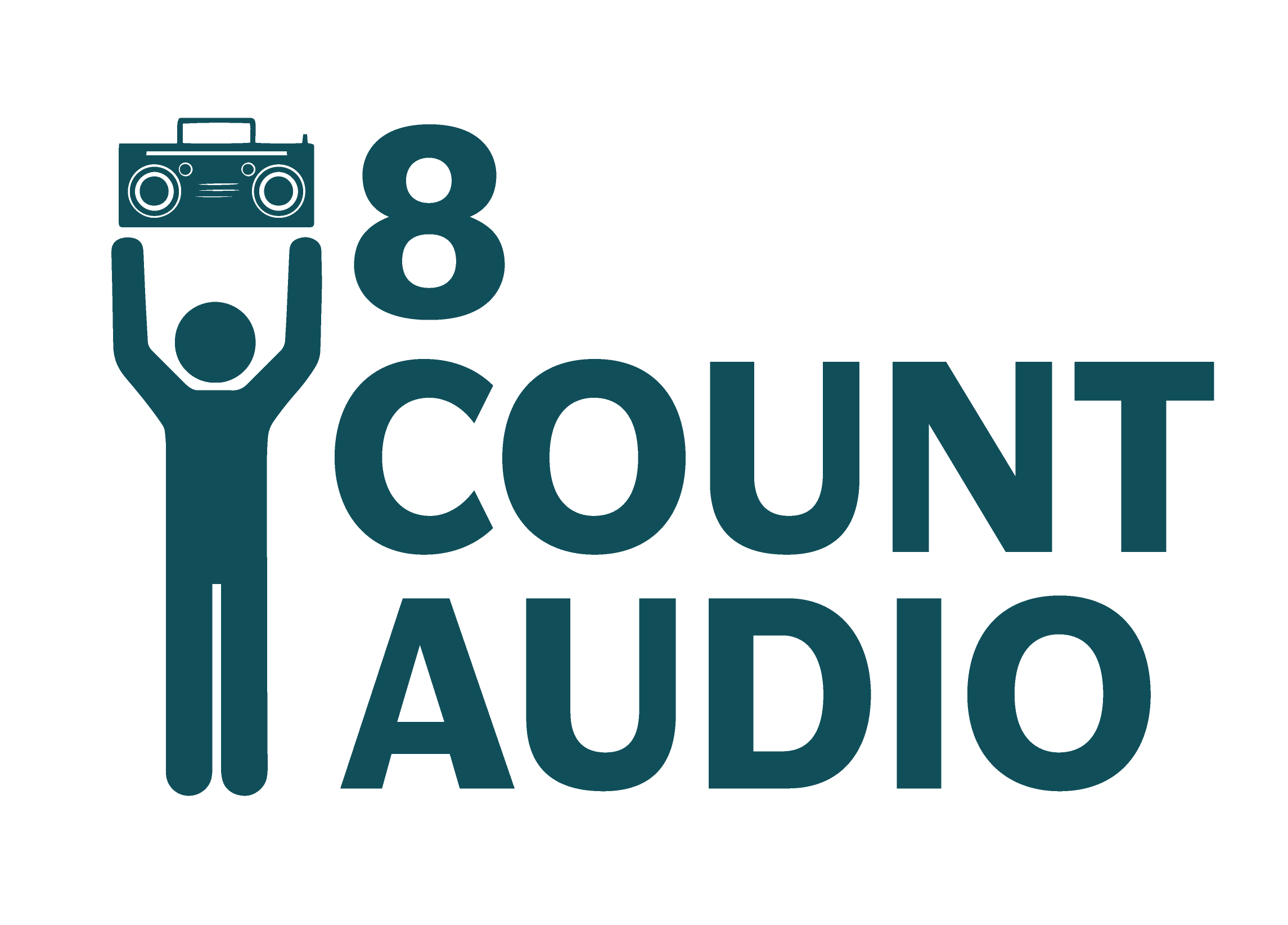Summer Dance Camp Tips
Summer Dance Camp Tips for Coaches
by Norm Ramil, 8CA Creative Director and Nancy Prentiss, St. Charles North Drill Team (SCNDT) Varsity Coach
Pop quiz! What did your girls learn at camp?
- A) how to make hilarious videos
- B) the real meaning of soreness
- C) which teammates smell acceptable after a long day of workouts
- D) individual technique and skills
- F) other teams are way better
You’ll know you had a successful camp if you choose each and every answer above. Here’s how you can get the most out of your team’s summer roadtrip:
Your camp needs a pre-camp
Camp is way more than simply a chance for your girls to brush up on old skills and hopefully pick up some new ones. In fact, you’ll only get the most out of dance camp if you and your team do plenty of prep in the weeks leading up to your trip.
Conditioning is essential to having a good camp experience. Ideally, your girls will have been on their own regimens throughout the spring, but it’s also important to simulate actual camp conditions. You can’t quite recreate the fun of trying to decipher a campus map, staring out the bus window at endless cornfields, and tweeting how sore you are. But you can get a feel for it with a serious string of workouts on consecutive days. SCNDT’s pre-camp work week features 4 straight mornings of 2-hour workouts that focus on conditioning and basic technique. Their training often involves core conditioning and weighted ankles and hands.
If qualifying for UDA nationals is on your to-do list, you’ll also have to devote some time to crafting and polishing your home routine. This is your chance to flex those choreography skills under ideal conditions (with a pen, notebook, and icy drink as you lounge by the pool) instead of under camp conditions (where you might re-choreograph an assigned routine–minus the pool).
Observation hours
First, be on the lookout for emerging leaders. If you haven’t settled on captains yet, what you see at camp should be a good indicator of who should lead the team. But don’t forget to look beyond just leadership. By the end of the trip, it should be clear who you can and can’t count on for teamwork, morale, and adaptability. The girls will also happen to figure out who they can count on for good music, shenanigans, and even team-oriented hygiene!
As for dance skills, you’ll want to observe which girls are quick choreographers who can do the work under intense time constraints. This is especially important not only for teams like SCNDT who do all their choreography in-house, but also for any team with 5 or 6 football routines to create over the next few weeks. You’ll also notice which dancers pick up choreography quickly, and what you might need to do to help out the dancers who don’t catch on as fast.
Another goal is to watch how well the girls bond as a team. Seeing how they interact will definitely inform some of your decision-making later in the summer and into the fall. Get ready for fun (both the expected and unexpected kind), take plenty of pictures for your year-end slideshow, and build some memories that your girls can refer back to during the low points of the upcoming season.
While the instructors will focus on the finer points of technique, your team should also strive to get better as a team. Sure, your routines in February will look a lot better than what you can do in July. But between the first and last sessions of camp, your team will want to work towards looking sharper as a single unit, rather than as a collection of individual dancers whose individual techniques got sharper during camp week.
Shock value
The most common complaints from the girls at camp? Here’s what SCNDT girls have said over the years:
- -the grueling schedule, hour after hour, day after day
- -not enough downtime for both mental and physical rest
- -the challenge of navigating around campus and getting to places on time.
Even senior dancers end up complaining about the physical demands of camp week, but for new team members, the experience can also be mentally intimidating. First, it’s literally their first competition scenario, so that should be enough to trigger some butterflies (which go great with the heat, by the way). If your leaders can help the newbies with tips and encouragement, this not only helps shore-up the team skill-wise, but also sharpens their leadership and communication skills.
Camp is also the chance for your dancers to see what good teams look like. If your team thinks they’re pretty good, they’ll soon find out there are plenty of better teams out there. For SCNDT, part of the learning involves mingling with some of the best dance teams in the Midwest–many of which have been shaped by different rules, dance cultures, and priorities–and being reminded that great talent is everywhere. But instead of gaping in awe, have the team identify what makes these top-tier teams so good, and what it takes to get to that point. This should later serve as a poignant reminder of how much hard work it takes to get better as a team.
K-W-L
You teachers out there will recognize KWL: what you know, what you want to know, and what you learned. This formula applies equally to both coaches and dancers!
Do you know your team? For UDA camps, you get to tell the instructors which areas you’d like them to work on with your team. To do that, you should have a good sense of what your team can do, might be able to do, and probably can’t do. Think about what you’ve seen in tryouts and practices, reflect on your season goals, and assess your team’s limits; this should help you to direct the instructors toward the most useful topics. Pay careful attention to what they say to the girls and how they say it. Work that smart phone and take video of not only your team but others as well!
What do you want to know? Teachers know that genuine learning happens both inside and outside of the classroom, and at camp, this goes for coaches, too. This means that you’ll pick up some valuable insights during both coaches’ clinics and any downtime when you can mingle with your peers. Gossip’s always fun, but here’s your shot to ask for advice on team-building, fundraising, and of course managing relationships with team parents and school administrators! Seek out advice, ask questions, and scope out information (like which competitions other teams plan on going to).
What did you learn (also known as, “Was the pain worth it”)? Have your girls share what they learned about technique, choreography, competition, other teams, teammates (including you and your assistants), conditioning / rest / nutrition, and time management. Record all of these (maybe on paper, a team tumblr page, or a shared evernote notebook) and have the girls refer to it throughout the year. As for technique, you can reinforce what they’ve learned by using phrasing similar to what the camp instructors used.
Summer, continued
When your team steps off the bus back at school after days at camp, they’re back in their natural habitat where the summer mentality reigns supreme, and where camp can easily become a distant memory. It’s one thing to merely get through camp, but using it to constructively launch the rest of the season is something else altogether. If the girls come back as a unified team, it should be easy to make the knowledge and experience of camp last all year…minus the soreness, of course!

